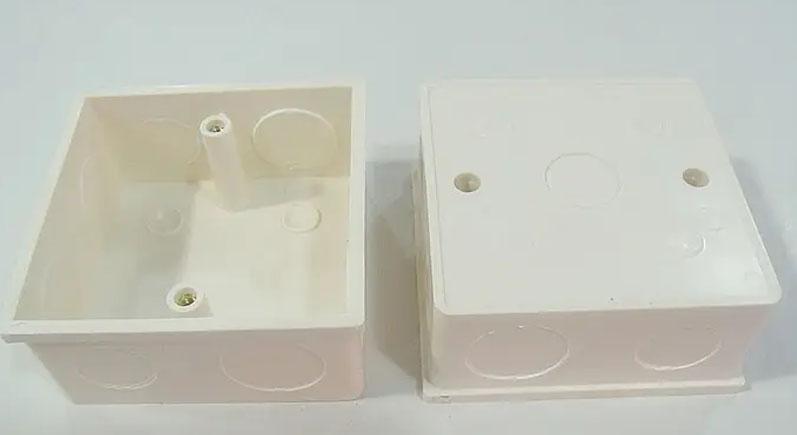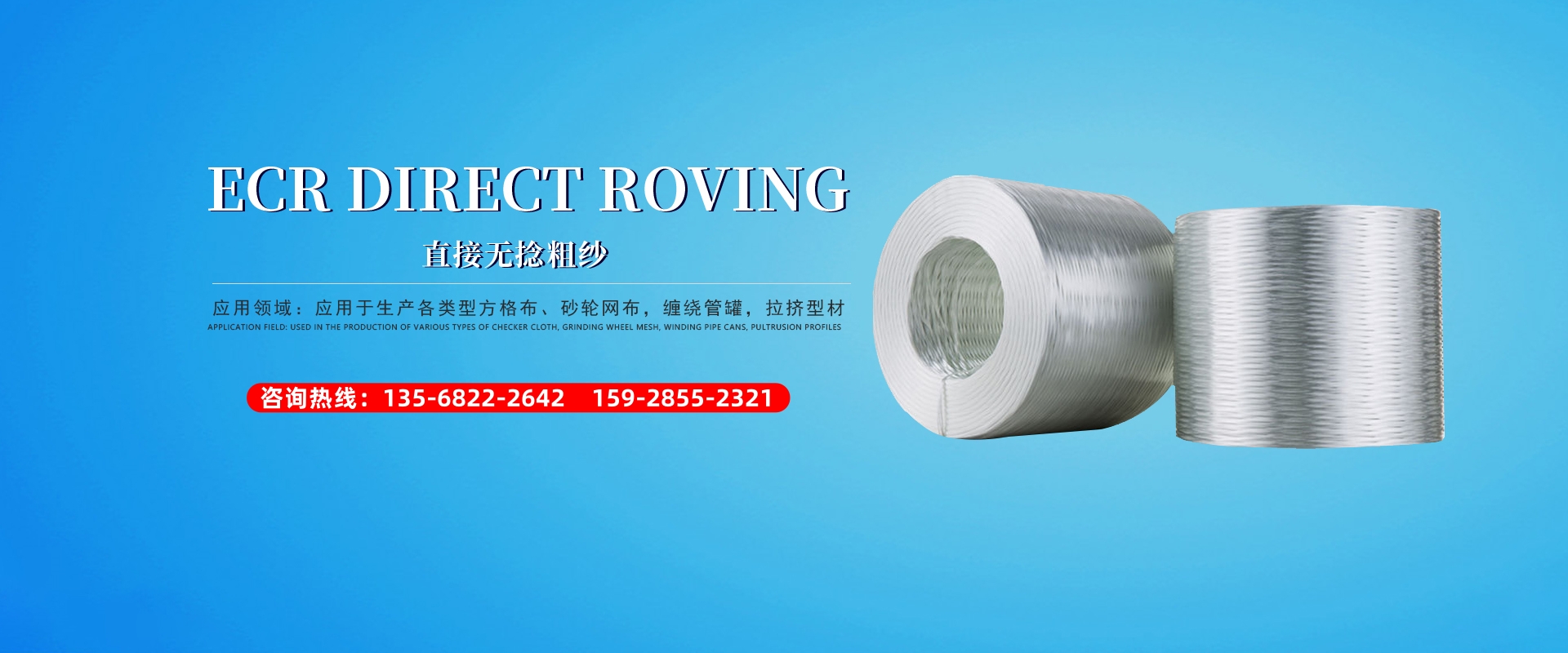1、 Glass fiber is the mainstream reinforcement material, and technology drives the upgrading of product structure
1.1 As a mainstream reinforcing material, glass fiber can be used in the downstream to cover the transportation field
Glass fiber is a fiber reinforced material made of pyrophyllite, quartz sand, limestone and other minerals as raw materials, together with soda ash, boric acid and other chemical raw materials through high-temperature melting, drawing, winding, weaving and other processes; Compared with traditional metal materials and non-metallic materials, glass fiber has the characteristics of high temperature resistance, corrosion resistance, high strength, light specific gravity, small extension and good electrical insulation. Glass fiber composite is a functional material made of glass fiber and its products (glass fiber yarn, cloth, felt, etc.) as reinforcement materials and synthetic resin as matrix materials through composite process; The glass fiber composite not only inherits the advantages of glass fiber itself, but also has the characteristics of energy saving, large design freedom, and wide adaptability. At present, glass fibers account for about 90% of the total reinforced fiber composites, and are widely used in construction, industrial pipe and tank, automobile and transportation, electronics and electrical, wind power and other fields.

The diversity of glass fiber determines the diversified development of glass fiber reinforced materials. At present, there are more than 5000 varieties of glass fiber used in the world, with more than 60000 specifications. The varieties and specifications are growing rapidly at an average rate of 1000-1500 each year. The wide variety of glass fibers also determines the diversification of glass fiber reinforced materials. Glass fiber reinforced materials can be divided into glass fiber yarn reinforced composites and glass fiber mat reinforced composites according to the type of reinforcement materials; According to the different matrix resins, it can be divided into glass fiber reinforced thermosetting composites and glass fiber reinforced thermoplastic composites. The glass fiber reinforced thermosetting composites mainly use thermosetting resins such as unsaturated polyester resin, epoxy resin, phenolic resin, vinyl ester resin, etc. as the matrix, and the thermoplastic materials mainly use polypropylene resin (PP) and polyamide (PA). The diversified glass fiber reinforced materials have different properties, laying a foundation for meeting the needs of different fields.
Glass fiber reinforced composites have formed a complete industrial chain and are widely used. At present, the world's glass fiber industry has formed a complete industrial chain from glass fiber, glass fiber products to glass fiber composite materials. Its upstream industries involve mining, chemical industry and energy, while its downstream industries involve traditional industrial fields such as building materials, electronic appliances, rail transit, petrochemical industry, automobile manufacturing, and emerging fields such as aerospace, wind power generation, filtration and dust removal, environmental engineering, marine engineering.
The demand for glass fiber in China's transportation sector accounts for 16%, which still has room for improvement compared with that in the world. According to the statistics of OC, in 2020, the demand for glass fiber in the construction field (including residential, commercial buildings, water storage and transportation, etc.) in the global glass fiber market will account for about 35%; Transportation (cars, trucks, buses, trains, navigation, etc.) accounts for about 26%, electronic appliances and other consumer fields 15%, industrial fields (tubes and cans, etc.) 13%, and wind power and energy fields 11%. The application field of glass fiber in China is similar to that in the world, but the transportation field accounts for 16%, which still has some room for improvement compared with that in the world.
1.2 Technical upgrading improves material performance, and long glass fiber reinforced thermoplastic materials become mainstream
From thermosetting to thermoplastic, from short glass fiber to long glass fiber, the application scenario of glass fiber in the automotive field continues to expand. Since the advent of glass fiber in the 1930s, how to better use glass fiber for reinforced composites has become a hot issue. In the middle of the 20th century, people first compounded glass fiber with thermosetting resin, and introduced thermosetting composites represented by SMC, which can be used for car doors, bumpers and other parts. In 1972, people first used glass fiber felt as reinforcement material, and developed GMT, i.e. glass fiber felt reinforced thermoplastic material, which is mainly used for seat frame, roof, engine protective cover, etc. In the 1990s, the introduction of long glass fiber thermoplastic material LFT expanded the application field to the front bracket, instrument panel, underbody cover, etc. At present, the technology of glass fiber reinforced materials has been greatly improved, and the application fields have also been significantly expanded. Judging from the pace of technical development, the overall development trend of glass fiber reinforced materials is from glass fiber reinforced thermosetting composites to glass fiber reinforced thermoplastic composites, and from short glass fiber reinforced composites to long glass fiber reinforced composites.
From thermosetting to thermoplastic
SMC materials open the door to the technological application of glass fiber reinforced materials. SMC is a glass fiber reinforced thermosetting composite, which is defined as a compressible plastic, B-stage sheet thermosetting composite. In essence, it is a special form of prepreg. The earliest SMC formula used unsaturated polyester as the matrix resin, and later upgraded to select vinyl ester resin with better performance but higher cost. Its performance is superior. The relative density (specific gravity) of glass is small, 1.6~2.0, which is lighter than the lightest metal aluminum; High specific strength, much higher than steel and cast iron. Compared with steel and cast iron, although there is a certain gap between the tensile strength and steel, it has reached or even exceeded that of cast iron, while the compressive strength and bending strength are close to that of steel.
 135-6822-2642
135-6822-2642
 135-6822-2642
135-6822-2642

